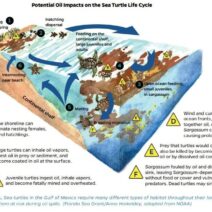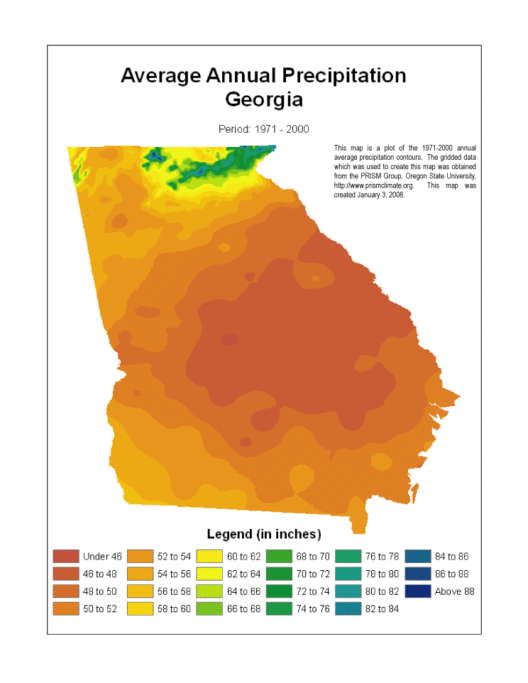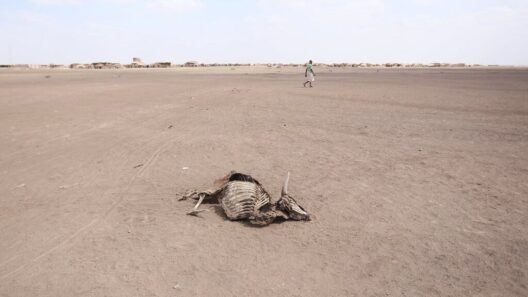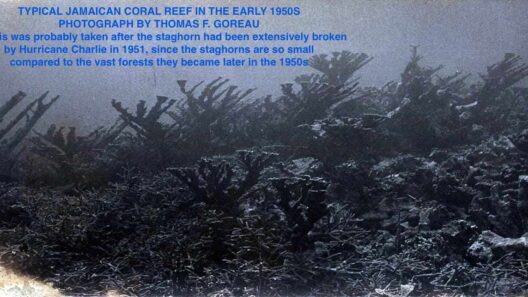The Calvin Cycle, commonly referred to as the light-independent reactions of photosynthesis, plays a crucial role in understanding the intricate interconnections between plant biology and climate change. This biochemical cycle, occurring within the stroma of chloroplasts, is responsible for synthesizing glucose from carbon dioxide and water, utilizing the chemical energy generated from the light reactions. While the Calvin Cycle is a foundational process in plant metabolism, its implications extend far beyond simple plant growth; it directly influences global carbon cycles and hence, climate dynamics.
The underlying mechanism of the Calvin Cycle consists of several phases: carbon fixation, reduction, and regeneration of ribulose bisphosphate. During the initial phase, enzymes like ribulose-1,5-bisphosphate carboxylase/oxygenase (RuBisCO) catalyze the incorporation of atmospheric CO2 into a five-carbon sugar, ribulose bisphosphate (RuBP). This reaction produces a six-carbon intermediate that quickly breaks down into two molecules of 3-phosphoglycerate (3-PGA). Subsequently, the reduction phase involves a series of transformations, converting 3-PGA into glyceraldehyde-3-phosphate (G3P) using ATP and NADPH produced in the light-dependent reactions. Finally, in the regeneration phase, some G3P molecules go on to form glucose, while others are utilized to regenerate RuBP, enabling the cycle to continue.
While the biochemical intricacies of the Calvin Cycle are scientifically fascinating, it is crucial to explore how this process interacts with the burgeoning reality of climate change. One significant aspect is the cycle’s role in carbon sequestration. Through the photosynthetic process, terrestrial plants absorb atmospheric CO2, effectively mitigating some of the greenhouse gas contributions from anthropogenic activities. However, the current rate of deforestation and habitat degradation poses a significant threat to this natural mitigation system. With fewer plants available to absorb CO2, we face an escalated risk of a warmer planet.
A critical factor influencing the Calvin Cycle is temperature. As average global temperatures rise due to climate change, the enzymatic processes, particularly the activity of RuBisCO, are substantially affected. Higher temperatures may lead to an increase in the rate of photorespiration, a process where RuBisCO oxygenates RuBP instead of carboxylating it. This diversion not only diminishes the efficiency of carbohydrate production but also causes an increase in CO2 release back into the atmosphere, further exacerbating the climate crisis.
The relationship between the Calvin Cycle and climate change is also illuminated by the concept of plant responses to elevated levels of atmospheric CO2. Some studies suggest that increased CO2 partial pressures could stimulate photosynthesis, potentially leading to enhanced growth in some plant species, a phenomenon known as CO2 fertilization. However, this is contingent on the availability of other essential resources, such as water and nutrients. Moreover, such advantages could be ephemeral, as shifts in climate zones and increased extreme weather occurrences negatively impact plant health and survival.
Another essential aspect of this discussion is the role of agriculture and land management practices in mediating the effects of the Calvin Cycle on climate. Sustainable agricultural methods that prioritize the preservation of plant biodiversity can enhance carbon sequestration capabilities. Crop rotation, cover cropping, and agroforestry are practices that encourage a robust photosynthetic response, strengthening the Calvin Cycle’s capacity to absorb carbon and store it in both plant biomass and soil organic matter. Conversely, industrial agricultural practices, laden with monocultures and excessive use of fertilizers, can impede the efficiency of the Calvin Cycle and contribute to greenhouse gas emissions.
Climate change poses tangible risks, not only to the efficiency of the Calvin Cycle but also to global food security. As weather patterns become increasingly erratic due to climate shifts, agricultural systems may struggle to meet the demands of a growing population. Crop yields could dwindle in regions where the effects of climate change exacerbate stressors such as drought, pests, and diseases. This scenario creates a feedback loop: as food production decreases, more land may be converted into agricultural use, further reducing natural carbon sinks and thus intensifying climate change.
Public awareness and education on the importance of the Calvin Cycle in the context of climate change are crucial steps toward fostering proactive solutions. By understanding the fundamental processes underlying plant biology, communities can advocate for policies that promote sustainable land use and conservation efforts. Engagement in reforestation initiatives, support for organic agriculture, and demand for carbon-friendly practices can collectively harness the power of the Calvin Cycle to address climate challenges.
The complex interplay between the Calvin Cycle and climate is indicative of larger environmental systems, each element affecting the others in ways that may not be immediately apparent. As we strive to combat climate change, it becomes increasingly important to consider our ecological interventions through the lens of plant biology, recognizing that the health of our planet’s ecosystems is deeply intertwined with our survival. The Calvin Cycle is not merely a process confined to the botanical realm; it is a linchpin in our fight against global warming, serving as a reminder of the interconnectedness of life on Earth.
In conclusion, the Calvin Cycle serves as a vital part of the Earth’s carbon management system, intricately linked to climate dynamics. Understanding its functioning, the impacts of climate change on this cycle, and the implications for agricultural practices and food security holds the key to finding resilient solutions. Awareness and action on these issues can guide humanity toward a more sustainable future, safeguarding both our environment and the quality of life for generations to come.







